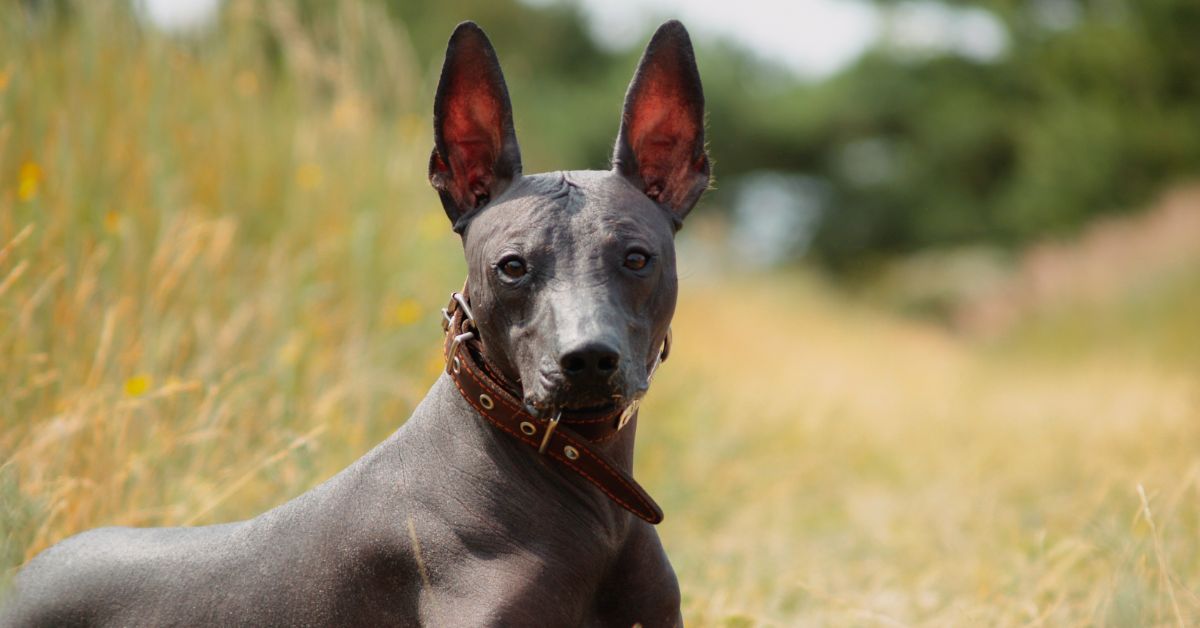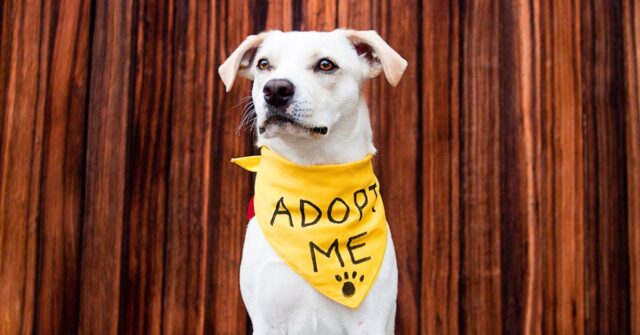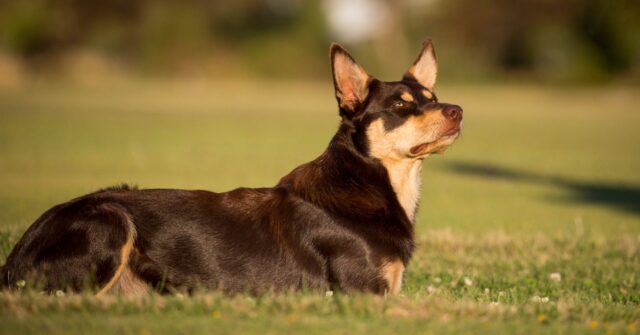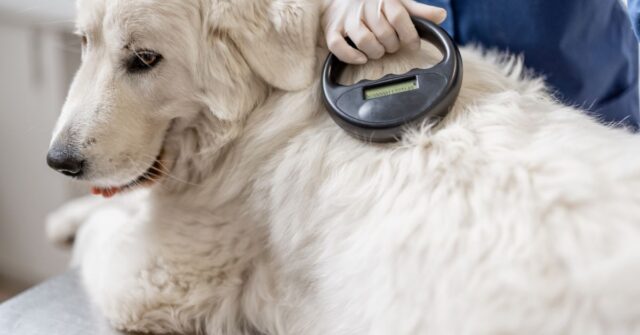Australia, a land of unique landscapes, wildlife, and culture, also boasts some lesser-known canine treasures. While most Aussies are familiar with common dog breeds, the rare ones often go unnoticed.
This guide dives deep into the world of uncommon dog breeds that you can find in Australia, shedding light on their characteristics, origins, and what makes them special.
Introduction
The allure of rare dog breeds goes beyond mere aesthetics or novelty.
These breeds, often steeped in history, carry tales from different parts of the world, offering diversity and uniqueness to the Australian canine population.
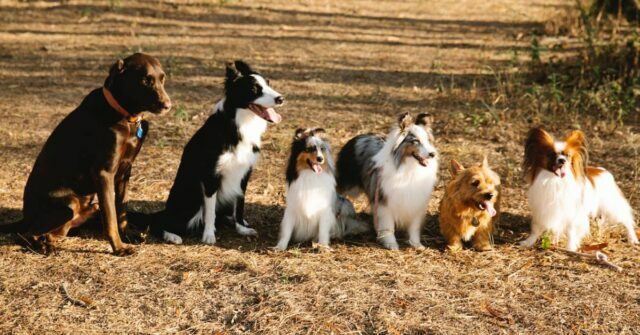

Exploring the World of Rare Dog Breeds
While Australia is home to some globally recognized dog breeds, it’s the lesser-known ones that often pique the curiosity of true canine enthusiasts.
Each of these rare breeds has a distinctive story, characteristics, and charm.
The Unique Appeal of Uncommon Canines
Rare dog breeds offer a blend of unfamiliar aesthetics and behaviours that can be intriguing.
For many dog lovers, having a breed that stands out in a crowd, both in terms of appearance and temperament, offers a unique pet ownership experience.
Basenji
Known as the “barkless dog”, the Basenji hails from Central Africa. This breed is unique not just for its lack of barking, but also for its keen hunting skills and distinctive appearance.
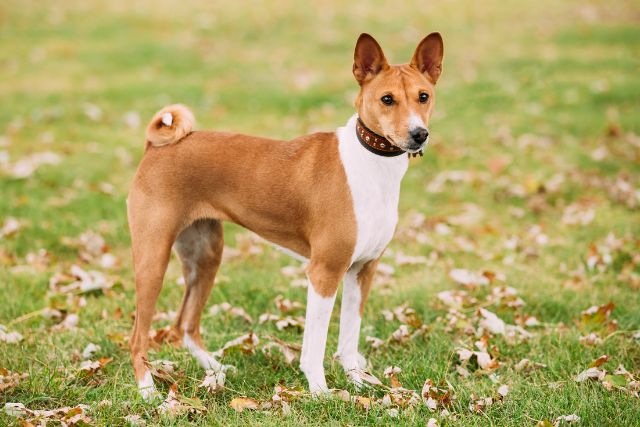

History and Origin
The Basenji is one of the oldest known dog breeds, with evidence suggesting its existence thousands of years ago in ancient Africa.
They were primarily used as hunting dogs due to their sharp instincts and agility.
Physical Characteristics
Basenjis are medium-sized dogs, usually weighing around 9-11 kg. They possess a smooth, fine coat, almond-shaped eyes, and a tightly curled tail. Their ears stand erect, giving them a keen and alert look.
Temperament
While they might not bark, Basenjis are not mute. They are known to produce a unique yodel-like sound called a “barroo”. They are curious, energetic, and affectionate but can be a bit reserved with strangers.
Care and Maintenance
Basenjis have minimal grooming needs due to their short coat. Regular exercise is crucial as they are an active breed. Training them requires patience as they can be independent-minded.
Availability in Australia
While not as common as other breeds, Basenjis have found a place in the hearts of some Australian dog enthusiasts.
Several breeders in the country specialize in Basenjis, though it’s essential to research and find reputable ones.
Peruvian Inca Orchid
The Peruvian Inca Orchid, also known as the PIO or Peruvian Hairless, is a breed that is as exotic as its name. Known for its hairless coat and ancient lineage, this breed is a rare sight in Australia.
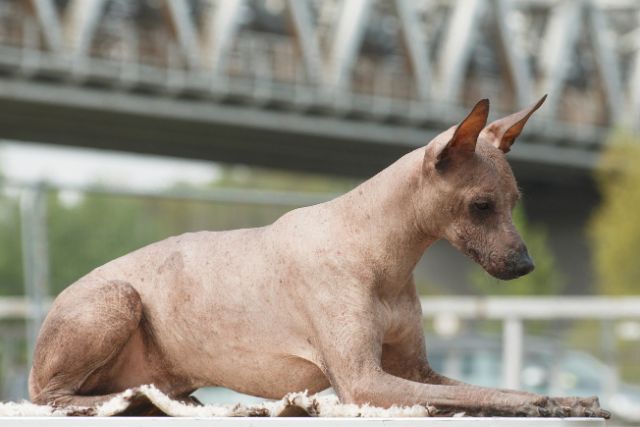

History and Origin
This breed has a history that dates back to the ancient Incan Empire, with depictions found on pottery and textiles.
The PIO was believed to be a companion to the nobility and also played a role in various Incan rituals.
Physical Characteristics
PIOs come in three sizes: small, medium, and large, weighing between 4-25 kg depending on the size.
The most distinctive feature is their hairless coat, although they can have tufts of hair on the head, tail, and feet. They have a slim and elegant build with a graceful gait.
Temperament
They are known to be affectionate and loyal to their families, forming strong bonds. PIOs can be reserved around strangers, so early socialization is crucial.
They are intelligent and can be trained, although they may exhibit some stubbornness.
Care and Maintenance
Despite their lack of a fur coat, PIOs require specific care, particularly for their skin. They need protection from the sun and the cold and may require special skincare routines to prevent issues.
Regular exercise is essential for this active breed.
Availability in Australia
The PIO is exceedingly rare in Australia, but there are a few breeders and enthusiasts in the country.
Potential owners may need to join waiting lists and should ensure they are working with reputable breeders or rescue organizations.
Azawakh
The Azawakh is a breed that originates from the Sahel region of Africa, known for its elegance and speed. This rare breed is a sight to behold and has a presence that commands attention.
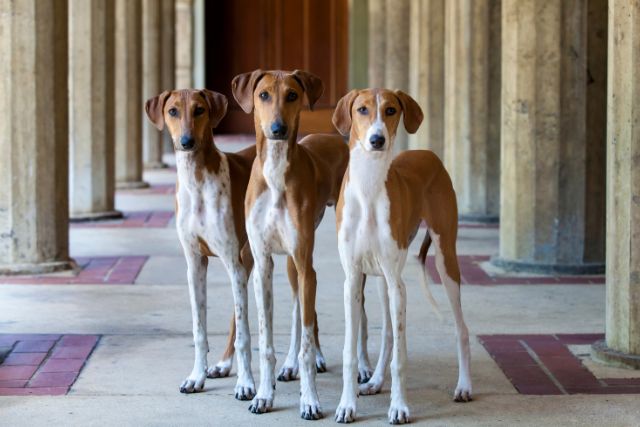

History and Origin
Traditionally bred by the nomadic Tuareg people, the Azawakh served as a guard dog and hunting companion. They are sighthounds, bred for their ability to chase down prey over long distances.
Physical Characteristics
Azawakhs are tall and slender, weighing between 15-25 kg. They have a short coat, a deep chest, and a narrow waist, embodying the classic sighthound silhouette.
Their long legs contribute to their incredible speed and agility.
Temperament
Known for their loyalty, Azawakhs form strong bonds with their owners. They can be reserved and even aloof with strangers, so socialization is important.
Despite their independent nature, they are affectionate with their families.
Care and Maintenance
With their short coat, Azawakhs have minimal grooming needs. They require regular exercise to cater to their high energy levels and enjoy activities that allow them to run.
They do well in families that can provide them with both physical and mental stimulation.
Availability in Australia
Finding an Azawakh in Australia can be challenging, as they are one of the rarer breeds in the country.
Potential owners may need to contact breed clubs and organizations to connect with breeders or rescue groups.
Thai Ridgeback
The Thai Ridgeback is a breed shrouded in mystery and tradition, hailing from Thailand. Known for the distinctive ridge on its back, this breed is a rare find in Australia.
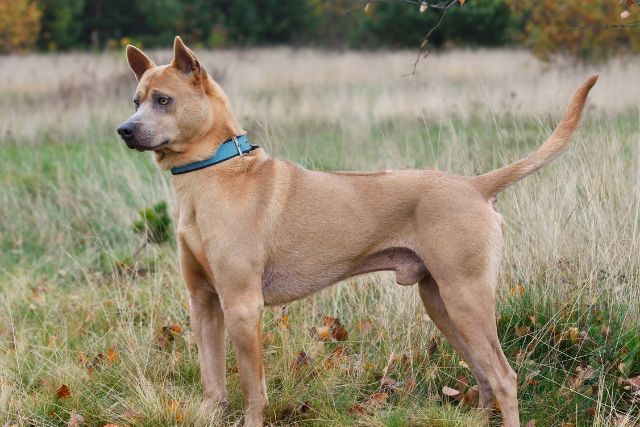

History and Origin
Originating in Thailand, the Thai Ridgeback was used for hunting and as a guard dog.
They are one of only three breeds that have a ridge of hair running along their back, growing in the opposite direction to the rest of their coat.
Physical Characteristics
Thai Ridgebacks are medium-sized, weighing between 23-34 kg. They have a short coat, a muscular build, and a wedge-shaped head.
The ridge on their back is their most distinguishing feature, with various patterns and shapes.
Temperament
Thai Ridgebacks are known for their loyalty and protective instincts. They can be reserved and even protective around strangers, making socialization crucial.
They require an owner who can provide firm, consistent training.
Care and Maintenance
With their short coat, Thai Ridgebacks have minimal grooming needs. They are an active breed and require regular exercise to keep them mentally and physically stimulated.
They do best in homes where they can be part of the family activities.
Availability in Australia
While the Thai Ridgeback is a rare breed in Australia, there is a growing interest in them.
Potential owners may find it challenging to find breeders in the country, but breed clubs and online forums can be valuable resources.
Portuguese Podengo Pequeno
The Portuguese Podengo Pequeno is a small, energetic breed from Portugal, known for its keen hunting abilities and lively personality. This breed is a charming and rare addition to Australia’s canine community.
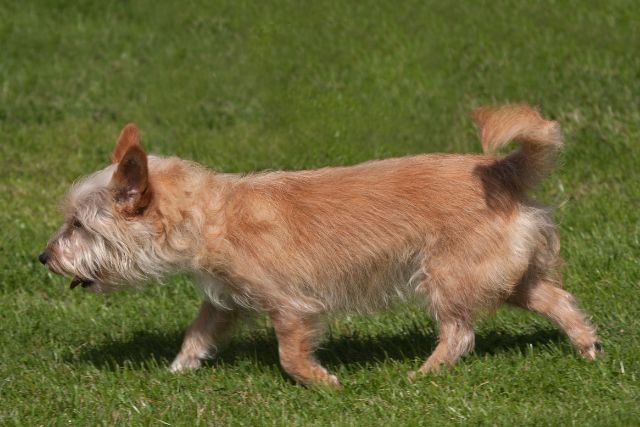
History and Origin
Originating in Portugal, the Portuguese Podengo Pequeno has a history as a rabbit-hunting dog. They are the smallest of the Podengo breeds and have a lively, alert demeanour.
Physical Characteristics
As a small breed, Portuguese Podengo Pequenos typically weigh between 4-6 kg. They have a short to medium-length coat, erect ears, and a wedge-shaped head.
Their small size belies their agility and stamina.
Temperament
This breed is known for being lively, intelligent, and affectionate. They enjoy being part of the family activities and do well with children. Training should be consistent, as they can be independent-minded.
Care and Maintenance
Portuguese Podengo Pequenos require regular grooming, especially if they are the longer coat variety.
They are an active breed and enjoy activities that challenge them both mentally and physically. They do best in homes where they can be part of the action.
Availability in Australia
While not a common breed in Australia, the Portuguese Podengo Pequeno has a growing number of enthusiasts in the country.
Potential owners may find breeders through breed clubs or online communities dedicated to the breed.
Choosing a Rare Dog Breed
Selecting a rare dog breed as a pet requires thorough research and understanding.
While the appeal of owning a unique breed is undeniable, potential owners must be aware of the breed’s needs, characteristics, and potential challenges.
What to Consider Before Bringing Home a Rare Breed
Each breed has its unique set of requirements in terms of space, exercise, grooming, and temperament. It’s essential to assess if your living conditions and lifestyle align with the breed’s needs.
Also, rare breeds might have specific health issues that potential owners should be aware of.
The Pros and Cons of Owning a Rare Dog Breed
On the plus side, owning a rare breed can be a conversation starter, and it provides a unique bond with a less common canine companion.
However, the downsides could include difficulty in finding breed-specific resources, higher costs, and potential health issues.
Resources and Rescues: Finding Rare Breeds in Australia
For those keen on adopting a rare breed, there are specific breed clubs and organizations in Australia.
These entities often conduct awareness events, and some even run rescue operations for abandoned or mistreated dogs of that breed.
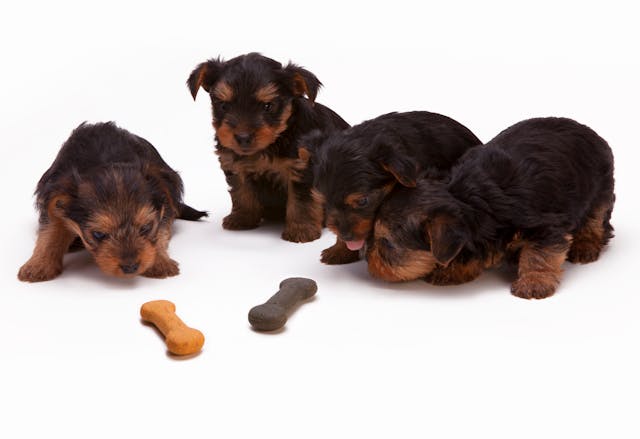

Conclusion
While the world of rare dog breeds offers a fascinating journey, potential owners must tread with knowledge and preparation.
The uniqueness of these breeds, combined with the joy of pet ownership, can make for a rewarding experience, provided it’s approached with care and understanding.
Embracing the Rarity: The Joy of Owning a Unique Dog Breed
There’s a certain pride and joy in owning a rare dog breed. These dogs, with their distinctive characteristics, often become the centre of attention, offering a unique bond to their owners.
By understanding and meeting their needs, this relationship can be truly fulfilling.
Final Thoughts and Resources
For those keen on exploring further, many online resources and books delve deeper into the histories, characteristics, and care requirements of these breeds.
The journey with a rare breed can be enlightening and rewarding, paving the way for many cherished moments ahead.

